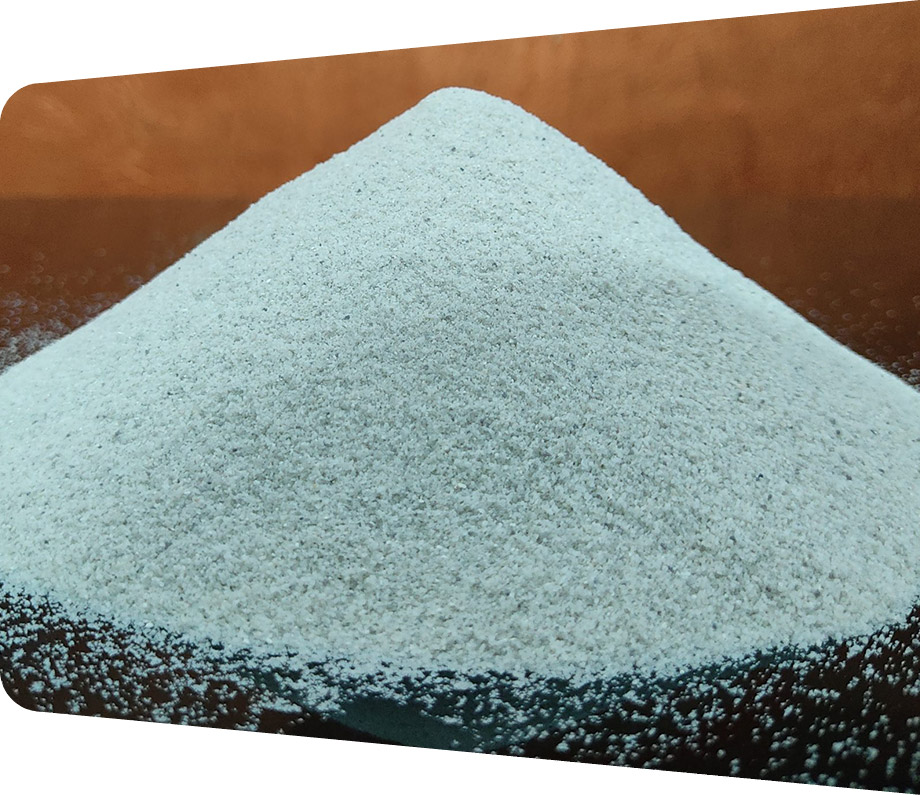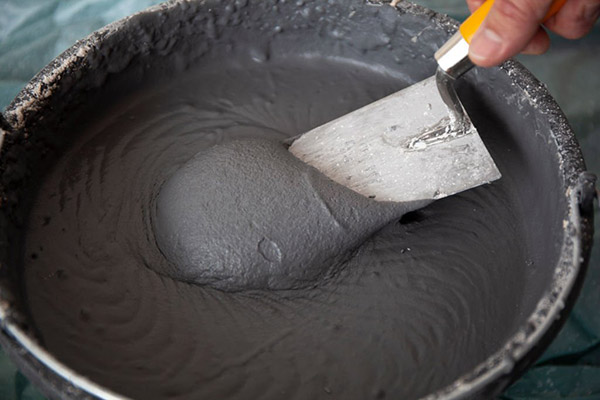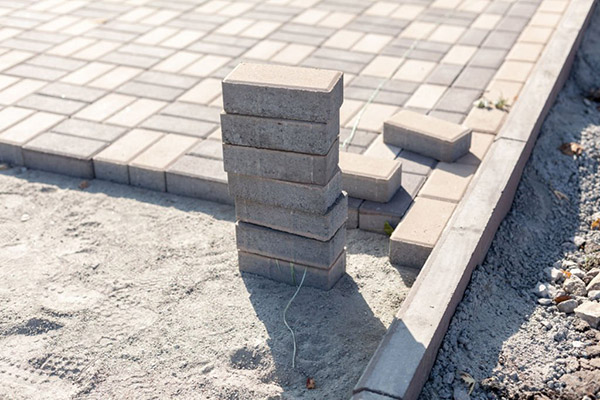Silica Sand
Silica Sand
The term “Sand” is applied to loose granular material falling within a specified particle size range. As such, sand has a strictly textural connotation,
The term “Sand” is applied to loose granular material falling within a specified particle size range. As such, sand has a strictly textural connotation, for the constituent particles can be composed of a wide variety of artificial or natural substances. However, conventional use of “sand” without qualification implies a granular material composed of natural mineral particles among which quartz (SiO2) is an abundant, if not the dominant constituent.
The widely used terms Silica Sand, Quartz Sand and Industrial Sand are commonly applied without exact definition. They are to some extent interchangeable, referring to granular materials composed primarily of quartz with minor amounts of other minerals or organic constituents such as feldspars, carbonates, iron oxides, micas, clay minerals and coal. The term also apply to quartz-rich sand used for a variety of industrial materials or processes, as opposed to sand used for

Various uses of silica sand
Use of silica sand in glass
Silica sand is the primary component of all types of standard and specialty glass. It provides the essential SiO2 component of glass formulation and its chemical purity is the primary determinant of color, clarity and strength. Industrial sand is used to produce flat glass for building and automotive use, container glass for foods and beverages, and tableware.
In its pulverized form, ground silica is required for production of fiberglass insulation and reinforcing glass fibers. Specialty glass applications include test tubes and other scientific tools, incandescent and fluorescent lamps, television and computer CRT monitors.
Hence, Silica Sand is a primary element and is available in Bhuj area. Most of the industries procure it from this area.
Mode of packing
Use of silica sand in foundry
Large quantity of Silica sand is used in iron and steel foundries to make molds and cores for metal castings. Molten metal is poured into a shaped cavity in a block of sand where the metal cools and solidifies. The part of the cavity that forms the external surface of the castings is called the mold. Cores of molded sand may be placed in the mold to form the internal shape and dimensions of the castings. In each application the sand particles are held together by some material called a bond. 4 to 5 MT of sand is prepared and handled for 1 MT of metal poured.
Two types of molding sands are distinguished on the basis of the bonding agent. Naturally bonded molding sands are those with a natural content of clay and silt sufficient to give plasticity and strength to the sand when tempered with water. The clay content generally limits the use of these sands to light iron, brass or bronze castings.






